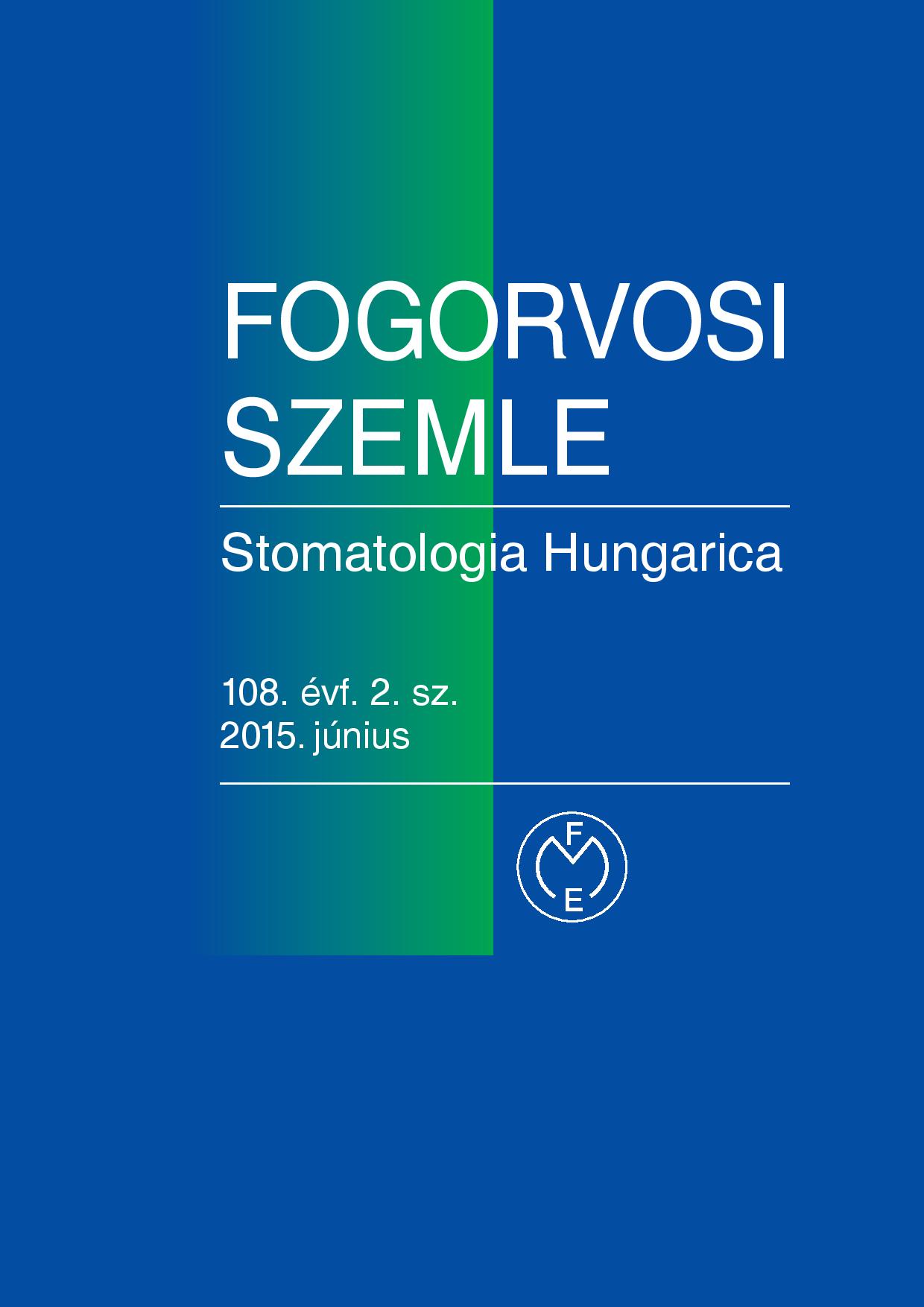Virtual model surgery and fabrication of a surgical wafer by rapid prototyping technology for correction of a severe mandibular asymmetry
Abstract
Correction of a severe facial asymmetry presents a challenge due to the geometric complexity of the dentition, the bony
structures and the soft tissues. In most asymmetric cases two-jaw surgery is recommended. Manual model surgery is
an essential part of treatment planning but it can be complicated, time-consuming and may contain potential errors. We
present a case of a 26-year-old male with a severe right-sided hemimandibular elongation when computerized simulation
surgery was performed instead of manual model surgery. High-resolution computer tomography scan was done following
presurgical orthodontics and the stack images were reformatted into a three-dimensional structure. The symmetry
of the maxilla was corrected via a virtual Le Fort I osteotomy with the help of a three-dimensional planning software.
A virtual intermediate surgical wafer was designed and fabricated with a three-dimensional printer. Virtual bilateral sagittal
split osteotomy was performed and the mandible was rotated into the correct position to visualize the movements of
the osteotomized segments. Real surgery was accomplished according to the virtual plan. The splint fitted well. There
is a significant improvement in the facial symmetry; the occlusion is good and stable. This case supports the usage of
computer-aided surgical planning and three-dimensional rapid prototyping for the correction of facial asymmetries.
Copyright (c) 2021 Authors

This work is licensed under a Creative Commons Attribution 4.0 International License.


.png)




1.png)



